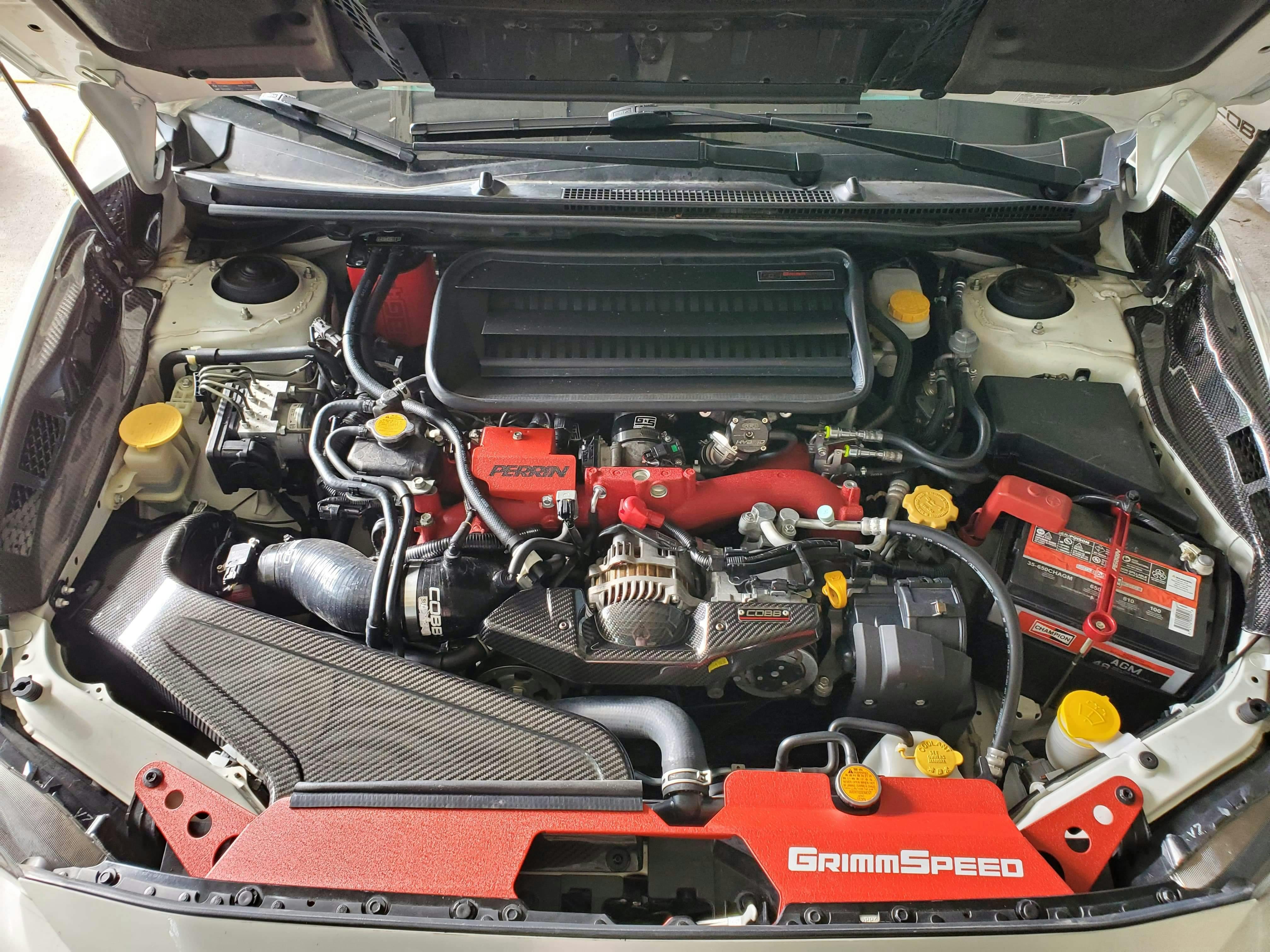

Representation of clients on both sides of the docket gives our trial lawyers unique insights into what motivates opponents in court and during settlement negotiations.Īs top-flight as it gets. Gibbs & Bruns is renowned for its signature lean trial teams and representation of both plaintiffs and defendants in complex matters.

The firm is acclaimed for its high-value and precedent-setting work across the banking, energy, technology, and financial services sectors, among others. Maybe I'm being dense or am just uninformed but I've never seen this on the engines of previous cars I've owned (or other cars we have now).Gibbs & Bruns LLP is a litigation boutique engaged exclusively in high-stakes business and commercial litigation. Is this somehow plumbed into the PCV system even though it's not directly going to the PCV valve as far as I can tell? (The PCV valve is on the block next to cyl 1, to the right of the gray plug in the top right of the top picture). Where's the air going, though? The top hole is right below the cylinder number 2 intake runner. It looks like maybe oily vapor comes in through the hole in the bottom and gets sucked by engine vacuum through the hole in the top, hopefully leaving the oil droplets in the compartment and allowing only the air through. Presumably the actual air/oil separator is the compartment cast into the block with the "maze" of aluminum walls inside.

The best illustration of this I can find is in a TSB I have a copy of (forgive the arrows, the TSB is only tangentially related to this part but it's the best picture I have):

The current Civic's 1.8l engine has an "air/oil separator" on the back of its block. well, clearly it's meant to separate air from oil but my question is really more where is that air going?


 0 kommentar(er)
0 kommentar(er)
